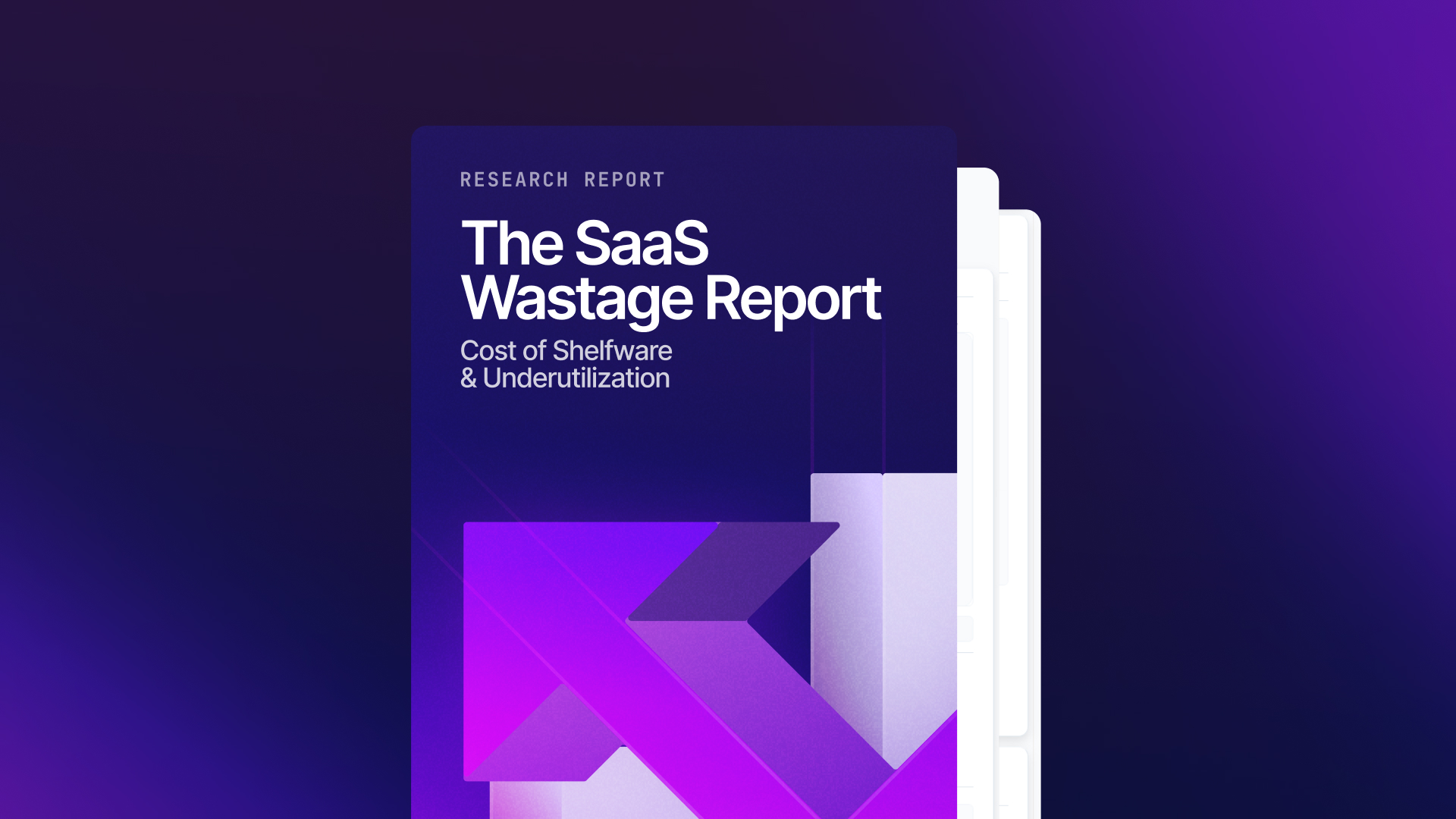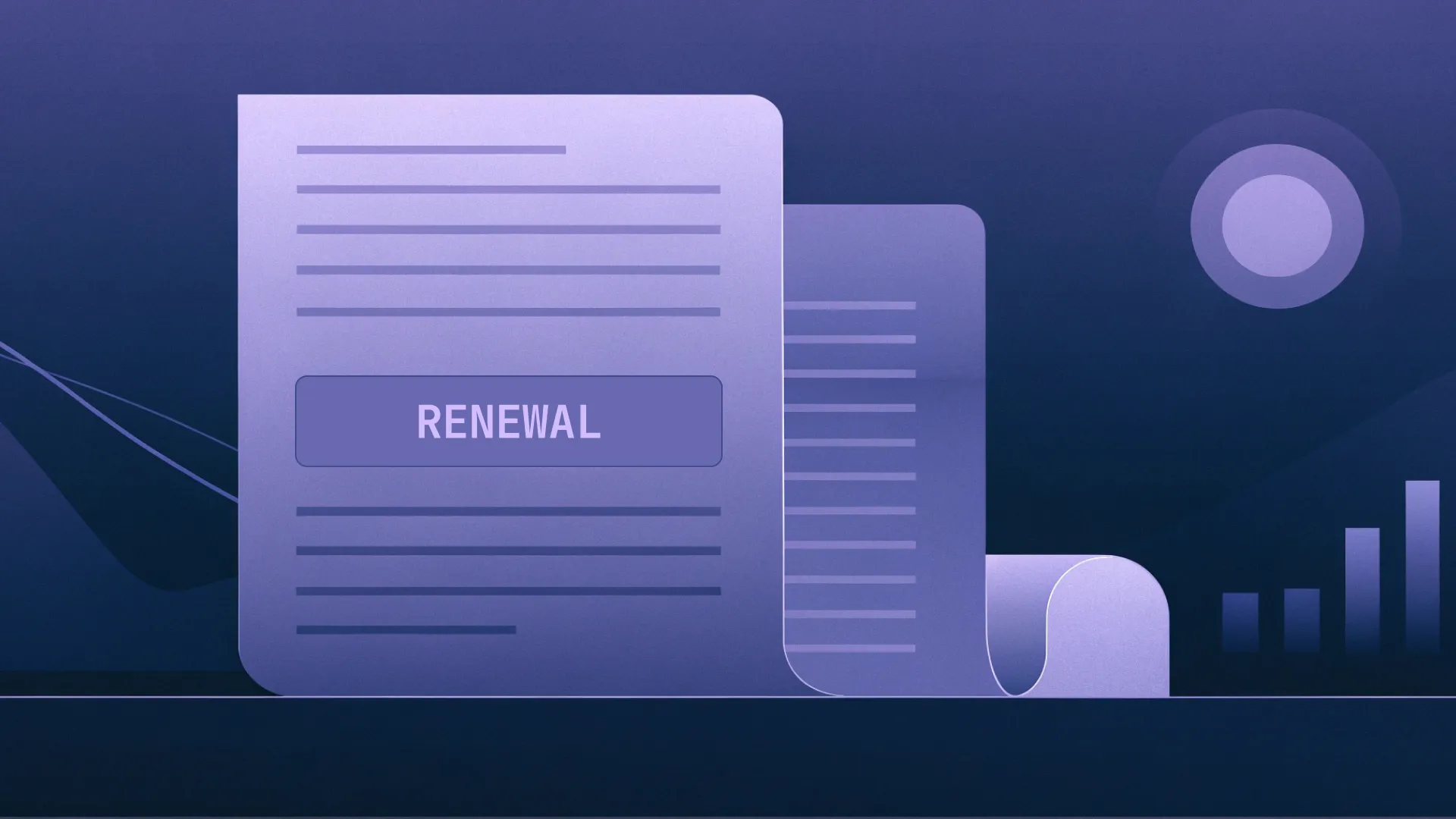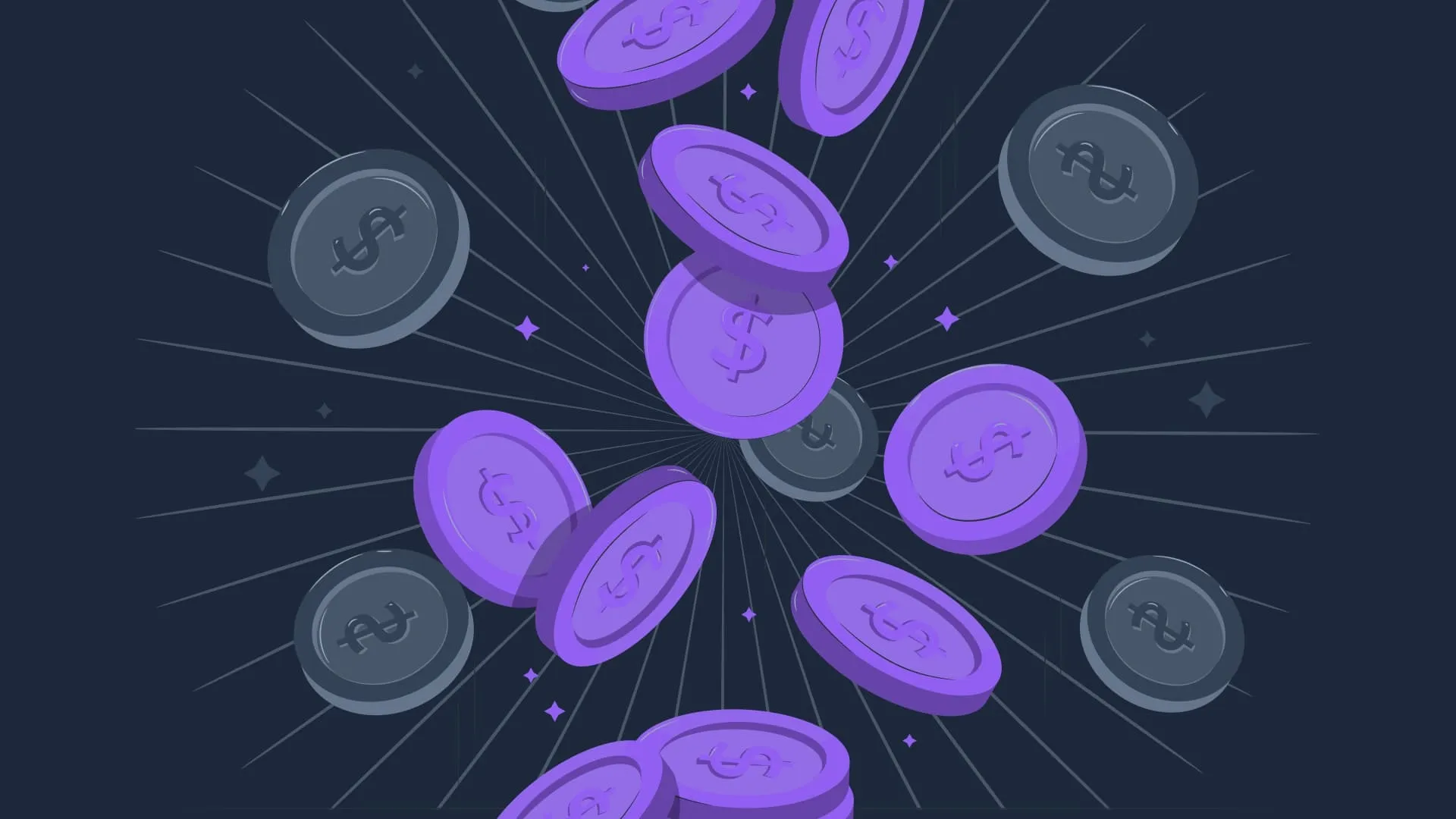SaaS agreements: Contract clauses to look out for and negotiate on




Take a self-guided tour of the platform.
See why Vertice is trusted by top procurement leaders.



SaaS is not only a major outlay within the average organization, but it’s also an area of business spending that’s increasing at a substantial rate of 12% each year.
Yet, despite its significance, very few companies are aware that the prices are rarely set in stone.
Even fewer are aware that the same is often true for the terms of a contract. Or at least some of them.Having an understanding of what exactly is negotiable within a SaaS agreement is ultimately key to securing the best possible deal on your software purchases and renewals. But this starts with knowing which clauses you should be looking out for.Here’s everything you need to know.,
What can be negotiated within a SaaS contract?
Auto-renewal and notice period clauses
For some companies, auto-renewals are seen as a convenience, not only because they ensure that business critical software applications continue without any interruptions, but also because they save organizations the time and effort of initiating renewal requests.
Convenience aside though, these auto-renewals can become incredibly problematic when they go unmanaged – and therefore forgotten – which is increasingly likely given how the average company now uses 132 tools.
Not only does this leave you contractually committed to paying for the subscription and often at a far higher cost – our data indicates that SaaS prices rise by an average of 9% when auto-renewed – but it also leaves you unable to cancel or rightsize the contract.
So, what’s the solution? More specifically, what should you be looking out for?
To start with, you should be checking whether the contract includes an auto-renewal clause in the first place.
52% of software contracts automatically include an auto-renewal clause – you should consider requesting the removal of this clause.

In the event that the SaaS provider refuses, you may be tempted to opt out of the auto-renewal at the start of your contract. Unfortunately, even this isn't always possible.
Contracts commonly include clauses which stipulate that users can only opt out between 120 days and 60 days before the end of the subscription term.

While this is a particularly complex example, it's not overly common. The notice period required for terminating, amending or even just negotiating a contract is often 30 days before the renewal date.

This won't always be the case though and we've seen instances where as much as 60 or 90 days notice is required.
Knowing the notice period for each of your auto-renewing tools – and better yet, tracking the actual dates – not only gives you time to either evaluate other platforms or gain the leverage needed to secure the very best deal, but it also ensures that you don't miss the deadline and end up unnecessarily wasting your SaaS budget.,
Price increase clauses
It’s also worth being aware that 33% of contracts include clauses allowing the vendor to increase its pricing, usually at the point of renewal.
But while this is the average, it is significantly higher in software categories that commonly include tiered usage levels, such as email marketing (71%), content management systems (53%) and accounting (50%). It's something you should be looking out for in the contract.
According to Nick Riley:
“It’s also worth being aware that clauses around price uplifts and renewals are often separate, so make sure to check the whole contract”.
If it does consist of a price uplift clause, we'd recommend negotiating its removal. If this isn’t possible, then you should consider negotiating a cap on these price uplifts, otherwise you could be left paying substantially more.
Overages
While this won’t apply to every software provider, you should note that some will charge overage costs. In other words, fees that are incurred when a user exceeds the contract’s usage limits or terms of their plan.
While vendors will generally negotiate on this, it’s not guaranteed. In fact, we’ve seen some vendors charge 25% more on anything that exceeds the contracted amount.
When it comes to the types of overages to look out for, there are two common ones; user based overages and usage based overages.
User overages
User overage fees are typically incurred when the number of users accessing the platform exceeds the allocated user limit outlined within the contract.
What many organizations aren’t aware of, however, is that you can typically negotiate on additional users. Nick Riley explains:
“When it comes to negotiating for more users, we tend to be open with the vendor about the customer’s plans to scale, as this can give us leverage. We would never guarantee growth beyond a 12 month prediction though”
He also recommends building in pricing bands. If you have 100 users now, but plan on having 150 by the end of the year and 200 six months later, find out what the cost would be for those additional users. You can then secure the pricing for these additional users in your order form without having to commit to adding them.
Usage overages
Usage-based overages – which refer to the additional charges incurred when a user exceeds their predetermined usage limits – are slightly more difficult to negotiate on.
That said, some suppliers will let you run into overages for a month, but if you renew early they will let you skip the fee, so it's worth asking the question.
While these are the two most common examples of overages, it’s also worth looking out for any clauses that might stipulate that a fee will be incurred if you exceed the predefined limits of the terms of support, for example the number of support tickets you raise or the extent of technical assistant provided.
Billing terms
It’s important to understand the payment frequency specified in the contract. While the average vendor will push for annual payment, it can be worth trying to negotiate monthly, quarterly or biannual billing instead.
This way, you’re not only able to better manage your cash flow, but you may also have greater flexibility to adjust the contract based on your evolving needs.
Payment terms
While most software providers will give you 30 days to pay once the invoice has been raised, there is often the possibility to extend this.In our experience, 90 days will typically be the best case scenario you can hope for.
In an ideal world, you’ll be looking to achieve monthly billing and net 90, allowing you to pay as little as possible and as far in the future as possible.
It is worth noting, however, that suppliers will often charge you more for this level of flexibility, which is why you do tend to get better deals on annual plans.
Break clause
When vendors only offer a two year contract, it can be worth negotiating a break clause. 96% of customers don't negotiate these into contracts, but they are incredibly valuable if you want to stay agile and financially efficient with your tech stack and, crucially, avoid Vendor Lock-In.
This means that if the vendor hasn’t delivered what it had promised within the service level agreement (SLA), companies can get out of the contract after the first year.
Reduction clause
Like with a break clause, you may want to consider requesting the inclusion of a reduction clause.
In other words, a contractual provision that allows for a decrease in certain terms of obligations under specific circumstances.
If, for example, there's a chance you’ll require fewer users a year into a multi-year contract – whether that be because of planned redundancies or because you only need a higher amount for a certain time such as for the duration of a project – then it may be something worth requesting.
Cooling off periods
Another clause that can be negotiated and possibly included within a SaaS agreement is one that allows for a cooling off period.
At Vertice, we will occasionally negotiate this when a key stakeholder, for example the person responsible for legal, is on vacation. This can be thought of like a paid trial period for a month.,
Keep on top of your SaaS contracts with Vertice
As with any contract, knowing what you're signing up for is imperative. Missing key clauses and conditions could mean you end up paying over the odds, or - perhaps worse - stuck with a vendor that can't facilitate your demands and therefore stunts your operations and ultimately your growth.
Avoiding this scenario (known as Vendor Lock-In) is a crucial part of any procurement strategy.
Vertice is best placed to help you steer clear of this and ensure your software is fit-for-purpose without being contractually and financially prohibitive.
Not only will Vertice automatically sift through your contracts to help you quickly identify the parts that matter – saving your team a substantial amount of time – but the platform will also benchmark these contract terms with other customers of that same vendor.
As an example, it can give you a sense of how many other organizations were able to agree improved terms compared to the standard contract.
Get a better idea of how you could benefit from using Vertice, or alternatively see for yourself how one company was able to streamline its entire SaaS purchasing workflow and save over $180,000 in just six months.
.webp)











.webp)



